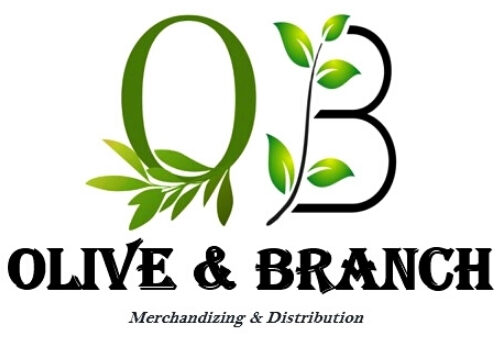Surfactants
Surfactants are amphiphilic molecules that have hydrophobic and hydrophilic parts. Often, the hydrophobic tail is a hydrocarbon. Typically, surfactants are classified based on their polar head as the hydrophobic tails are often similar. If the head group has no charge, the surfactant is called non-ionic. If the head group has a negative or positive charge, the surfactant is called anionic or cationic, respectively. If it contains both positive and negative groups, then the surfactant is called zwitterionic.
Anionic and nonionic surfactants are the most used surfactant types in the oil & gas industry. Anionic surfactants are often used in cleaning products. Nonionic surfactants are often used as wetting agents. While both cationic and zwitterionic surfactants are more for special use as they are more expensive to produce.
Because of their amphiphilic nature, surfactants absorb at the air-water or oil-water interface. At the interface, surfactants align themselves so that the hydrophobic part is in the air (or oil), and the hydrophilic part, in water. It concentrates at the interface and acts as an emulsifying agent, foaming agent, or dispersion aid. The main purpose of surfactants is to decrease the surface and interfacial tension and stabilize the interface. By doing this, it increases its spreading and wetting properties.
Spacer fluids, used in many cementing operations to separate the drilling fluid from the cement slurry system, include one or more surfactants to remove drilling fluid residue more effectively from the surfaces of the wellbore and casing. Water wetting of the wellbore and casing surfaces is also accomplished by incorporation of a surfactant into the spacer fluid. This is particularly beneficial in wells which have been drilled with oil-based drilling fluids. Compatibility with the drilling fluid may also be improved by incorporation of a surfactant into the spacer fluid.
Olive & Branch M&D offers a surfactant blend that may be used as part of a spacer fluid system for a wide range of oil-based drilling fluids. The primary functions of the surfactant blend are to change wellbore surfaces from oil to water wet, and to lower interfacial viscosity between spacer fluids and oil-base drilling fluids. Olive & Branch M&D surfactant blends also have:
- An improved environmental profile.
- Improved cleaning and wetting performance.
- Enhanced performance even at very low use concentrations.
Check out our Surfactant product pages below to learn more.
